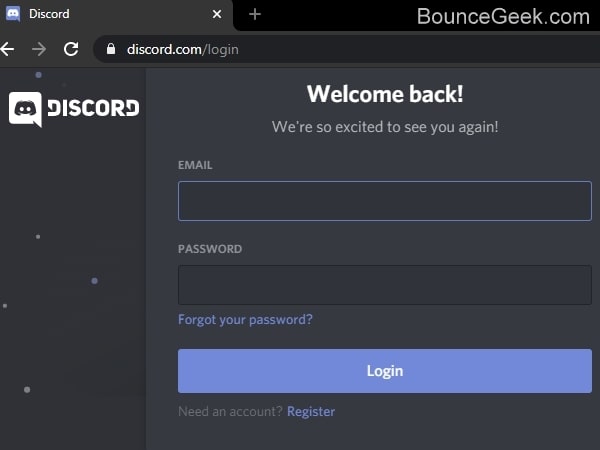
I recommend you elaborate on what happened: I don't think this is really very important to your problem, though, unless I've misunderstood what's happened. Many other partitioning tools provide this information in one way or another, but it's highly specific to the particular program. Partition Table: gptI've omitted additional input but note that last line, which identifies the partition table type. Sector size (logical/physical): 512B/512B (If you need to do both, though, be sure to recover your personal files before you re-install! If you do it the other way around, the re-installation may overwrite your personal files, making it impossible to recover them.) Thus, PhotoRec can be good at recovering personal files, but if you want to recover a bootable Linux system, re-installation is a better choice. PhotoRec won't recover everything to exactly its original state, though it'll take a lot of manual effort to figure out what each and every recovered file actually is. Instead, PhotoRec may be useful it can recover files that have been deleted from healthy filesystems or from filesystems that have been damaged. If this is what happened, then TestDisk will be useless, since it's designed to recover a filesystem whose partition table entry has been lost.

It's unclear to me precisely what Keypel did, but it sounds like it was deleting files within the ext4 filesystem, in which case the partition table was unaffected.

Any file type can reside on any filesystem, although filesystems sometimes impose limits, such as file-size limits, that can be relevant. File types - Files on a filesystem have their own formats, such as ASCII text, JPEGs, MP3s, MS Word files, Linux executable program files, etc.Filesystem data structures are much more complex than are partition table data structures. Any filesystem can exist on a partition defined using any partition table type. Examples include ext2/3/4fs, ReiserFS, XFS, JFS, Btrfs, FAT, NTFS, HFS, and HFS+. Filesystems - These reside inside partitions and provide the means to locate individual files.The most common partition table types are the Master Boot Record (MBR aka MSDOS partitions, Intel partitions, BIOS partitions used on most PCs), the Apple Partition Map (APM used on 680x0- and PowerPC-based Macs), and the GUID partition Table (GPT used on Intel-based Macs and a few PCs and some other platforms). Partition table - This controls the way partitions are defined - their start points, end points, type code, etc.To elaborate a bit on what WorMzy wrote, a typical hard disk contains several levels of data structures:


 0 kommentar(er)
0 kommentar(er)
